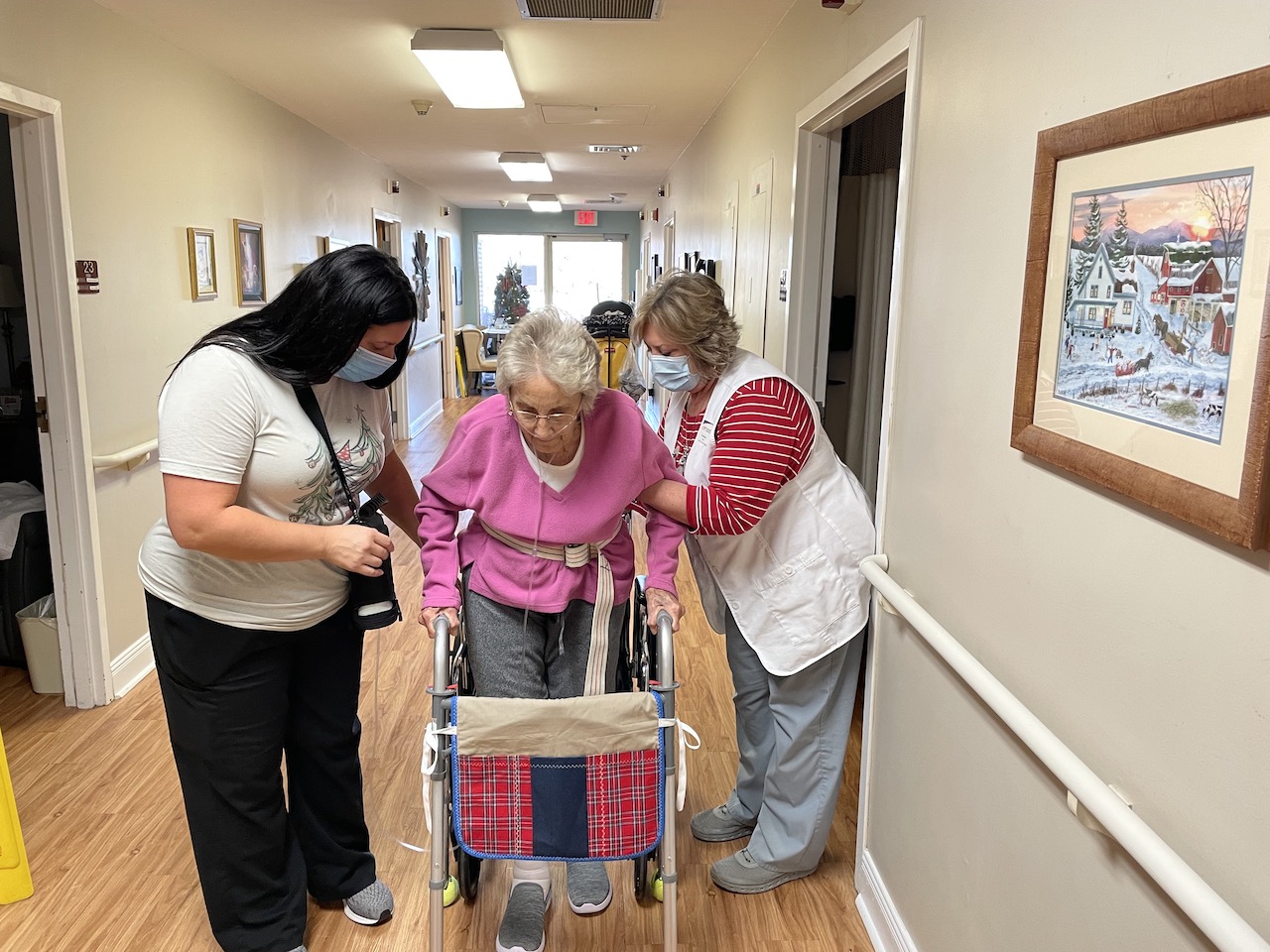The Biden administration’s proposal for a minimum staffing standard in nursing homes has stirred a contentious debate within the industry. If implemented, the rule would establish federal standards for nursing home staffing, mandating a registered nurse on-site at all times and setting explicit levels for RN and nurse aide staffing. However, the proposal has faced criticism from both industry stakeholders and advocates, each presenting different perspectives on the issue. Industry representatives argue that the staffing requirements constitute an “unfunded mandate” that could force nursing homes to shut down, pointing to narrow profit margins and broader workforce challenges. On the other hand, advocates contend that the standards are too weak to adequately protect residents and that nursing homes have the financial means to meet staffing requirements but may be concealing funds through complex ownership structures.
The proposed rule acknowledges challenges faced by the industry, especially in rural areas, offering additional time for compliance and exemptions for facilities dealing with tight labor markets. While not perfect, the rule aims to address longstanding issues related to staffing levels in nursing homes. However, the lack of agreement between industry leaders and advocates underscores the need for increased transparency and accountability in nursing home finances and operations. The Biden administration has taken steps to improve ownership transparency, but better financial data and ownership information are necessary to inform regulators and policymakers in their efforts to implement meaningful staffing standards and improve the overall quality of care in nursing homes.















































